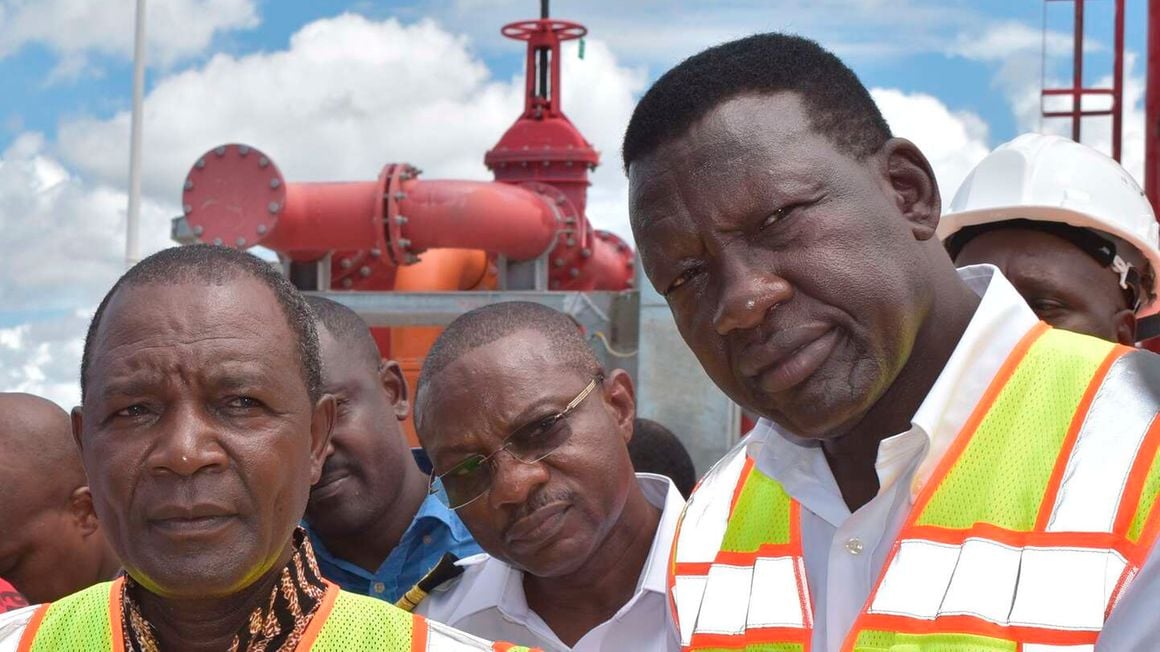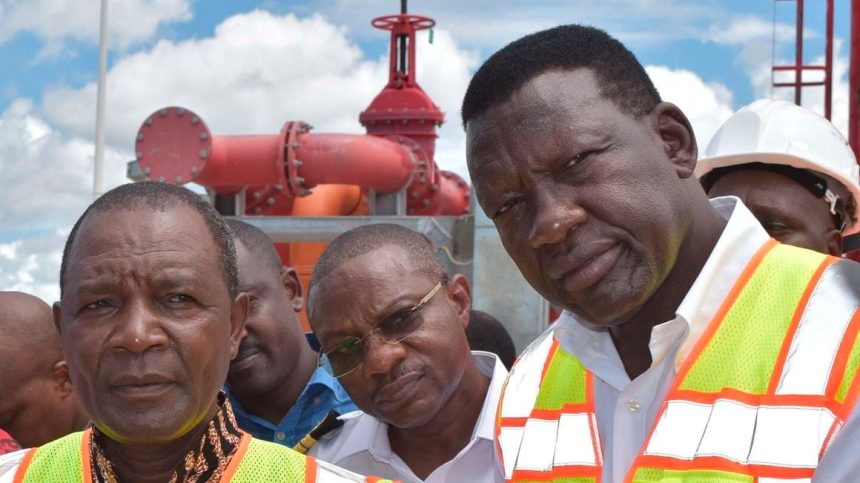Kenya will need at least Sh469 billion for commercial oil production in the Turkana wells if it is to realise its petrodollar dream amid the exits of exploration firms.
After a nine-year wait, the country now hopes to start large-scale production of between 80,000 and 120,000 barrels daily in three years.
Energy Cabinet secretary Davis Chirchir told the Senate on Wednesday that Kenya needs Sh469.5 billion ($3.4 billion) to develop infrastructure at the South Lokichar basin – which has estimated oil reserves of 504 million barrels – before production starts.
This includes investments to get the product to the market, including drilling commercial wells, tankage in Turkana and a refinery or pipeline to Mombasa.
The CS said the figures are contained in a field development plan (FDP) report on the commerciality and technical viability of the Turkana oil venture.
He pointed out that the report, which is being looked at by a team of experts, contains a road map showing that the country will reach investment decisions as well as develop the much-needed infrastructure and all other logistics to take the oil to the market.
Mr Chirchir explained the report has timelines under the production-sharing contract where the report will go to the Energy and Petroleum Regulatory Authority (Epra) for three months after which the regulator will submit it to the ministry.
At the ministry, the report will take only a month before it is forwarded to Parliament where it should not take more than a month to confirm whether it is economically viable to get the product to the market and then make the final investment decision.
He said that decision will be reached within a year while the development of infrastructure and other logistics will be concluded in three years.

Read: Tullow’s partners withdraw from Turkana oilfields
“The comprehensive report, which we will bring to the House, will confirm the viability of every investment option, including infrastructure and all other details that go into taking the product to the market,” said the CS.
“When we start production, the product will be going to the market every day subject to filling a ship or a cargo in Mombasa that can leave every often,” he added.
He said Africa Oil and TotalEnergies exited the venture, ceding their 25 percent stake each after running out of funds, allowing Tullow Oil to take over 100 percent ownership of the oil blocs to prospect and continue the project.
In January 2022, Tullow Oil said it was to invest $5 million (Sh567.5 million) in its Kenyan operation as it gears up for commercial oil production.
The announcement came after Kenya had set a December 2021 deadline for the British multinational to present a comprehensive investment plan for oil production in Turkana or risk losing concession on two exploration fields in the area.
The firm at that time said it had spent more than $1 billion to prospect for oil and develop wells in Kenya.
Tullow, which struck oil nine years ago, has been under pressure from Kenya to develop the Turkana oil wells that it expects to produce up to 120,000 barrels per day once production starts.
Kenya first announced the discovery of oil in Block 10BB and 13T in Turkana in March 2012, raising hopes of petro-dollars needed to fuel economic growth. But the country is yet to fully commercialise crude oil.
The Energy CS said the government has gone slow on the project because of the huge investment needed as well as questions on the economic viability of the venture.
Because of the huge investment needed, the CS said, the country is looking at the economics of trucking, pipeline or refinery before embarking on economic production and the FDP report will decide the way forward.
Mr Chirchir said Kenya should not be in a situation where a huge investment will be taken to cost oil – the cost that goes into exploration and appraisal activities – and not result in revenue oil.
He cited Tanzania, which he said made their discovery three years earlier than Kenya but is yet to go to the market and has only just done the final investment decision so that they can look for resources to build infrastructure.
“There is still hope. However, we don’t want to see a situation where we export the product for three years and then the product diminishes and we are left not knowing what to do yet we have made big investments running into billions,” he said.



